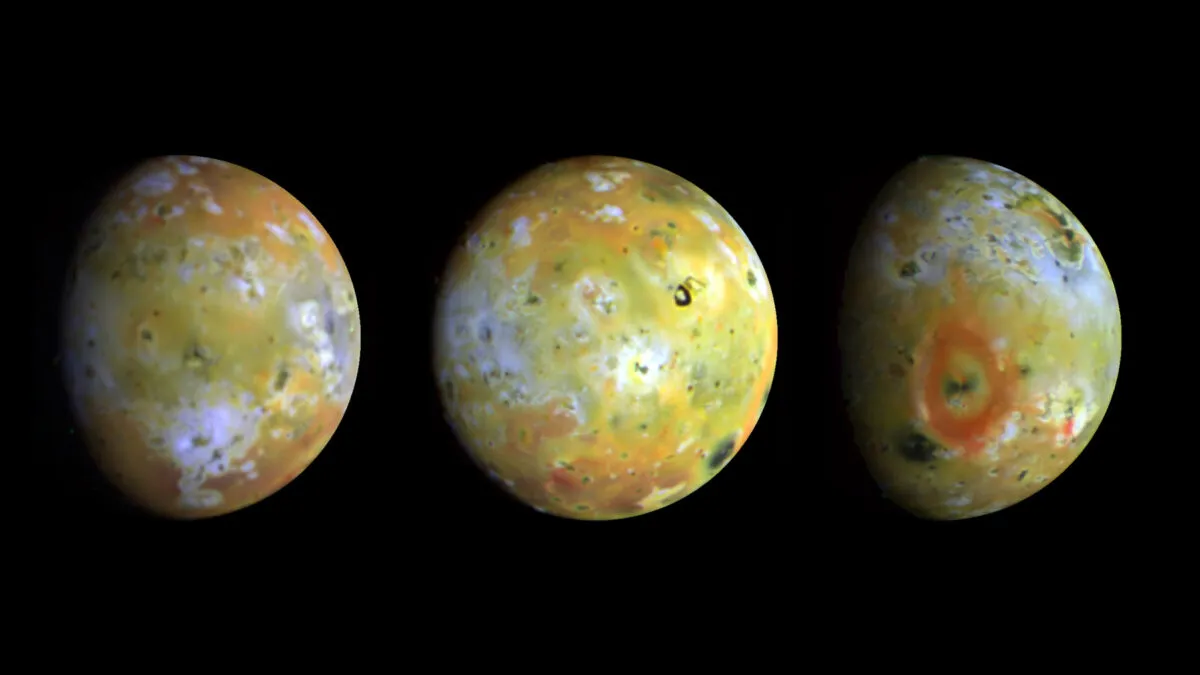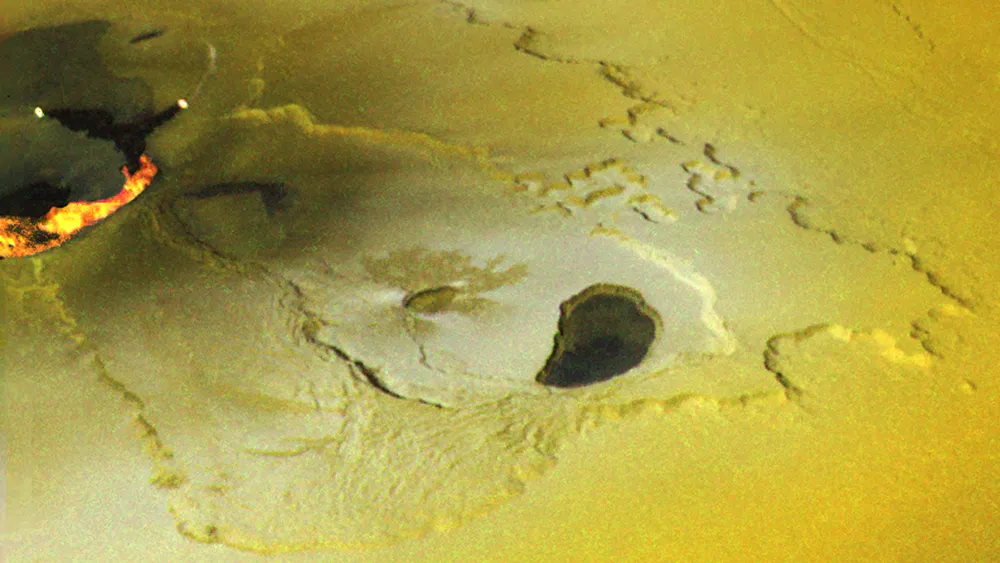The atmosphere of Jupiter’s volcanic moon Io periodically freezes and thaws as the planet blocks out heat from the Sun, according to observations.
Moon Io is the most volcanically active body in our Solar System.
More about Io

The moon’s volcanoes are caused by the gravitational forces of Jupiter and other moons generating geological activity.
This causes Io's volcanoes to emit sulphur dioxide (SO2) in plumes extending up to 482km above the surface.
As a result, the moon's thin atmosphere consists mostly of sulphur dioxide gas.
This gas freezes as ice on the moon’s surface when Jupiter casts its shadow, causing the atmosphere to temporarily collapse.

As Jupiter moves out of eclipse, Io is basked in sunlight once more and the ice sublimates back into gas again.
Io’s atmosphere begins to collapse when temperatures drop from about -148°C to about -168°C during the eclipse.
This eclipse occurs over two hours every day on Io, which is equal to 1.7 days on Earth.
The study was made possible using the Texas Echelon Cross Echelle Spectrograph (TEXES) on the Gemini North telescope in Hawaii.
This instrument was able to measure the atmosphere of Io using heat radiation rather than light, meaning the changes could be observed even when the moon was in shadow.

“This confirms that Io’s atmosphere is in a constant state of collapse and repair, and shows that a large fraction of the atmosphere is supported by sublimation of SO2 ice,” says John Spencer of the Southwest Research Institute.
“Though Io’s hyperactive volcanoes are the ultimate source of the SO2, sunlight controls the atmospheric pressure on a daily basis by controlling the temperature of the ice on the surface.
We’ve long suspected this, but can finally watch it happen.”
